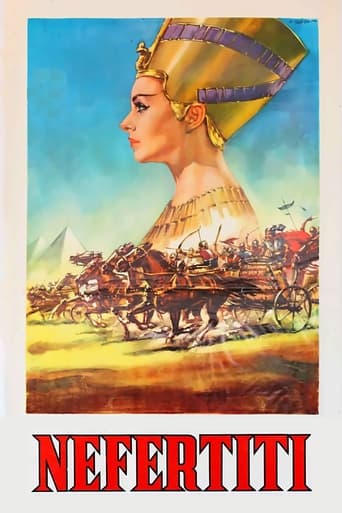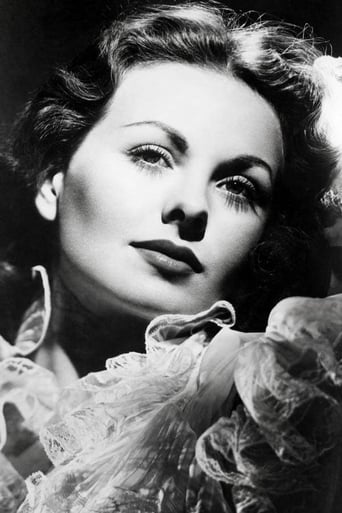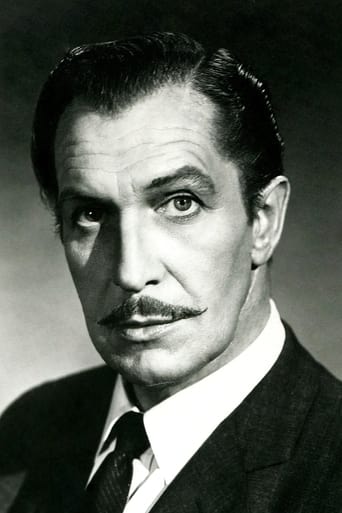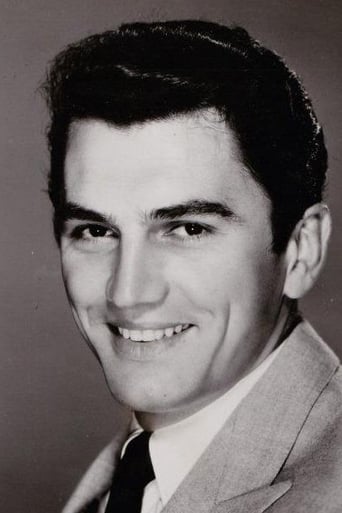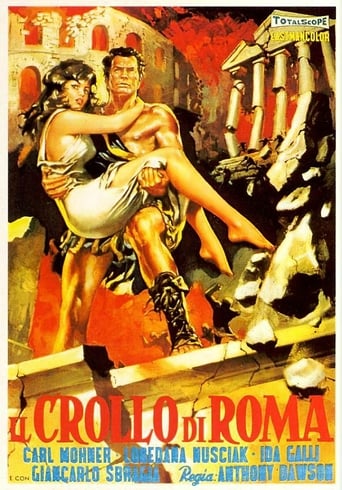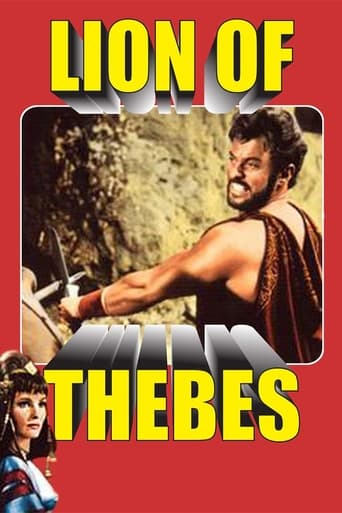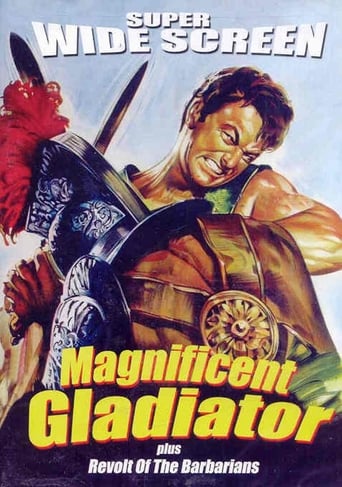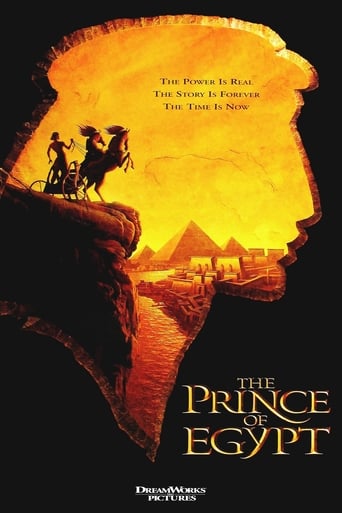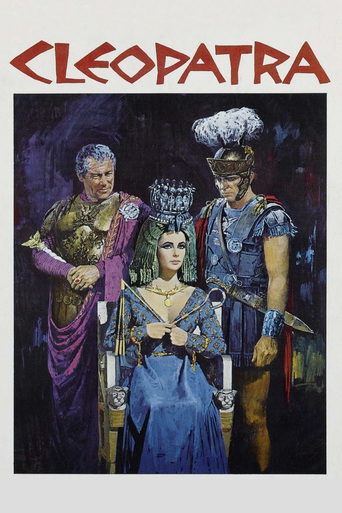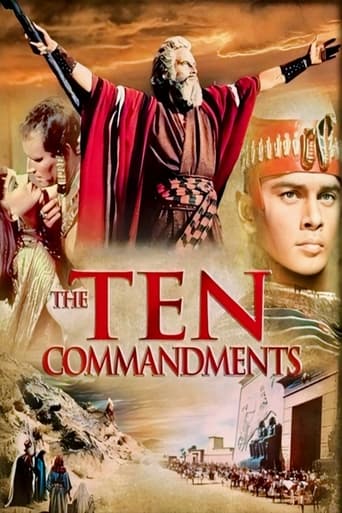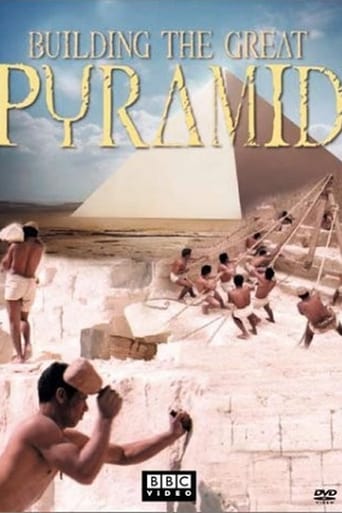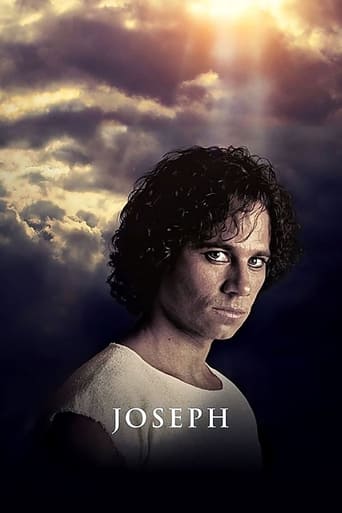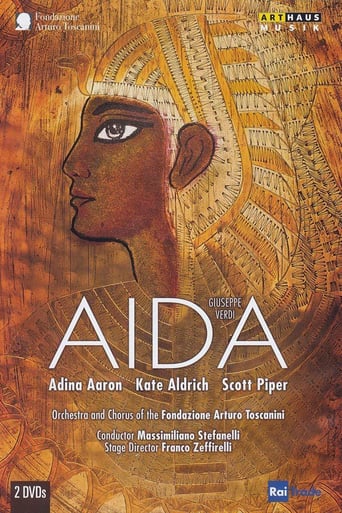Nefertiti, Queen of the Nile (1961)
Chronicles the rise and fall of the woman who eventually became known as Queen Nefertiti.
Watch Trailer
Cast


Similar titles
Reviews
the audience applauded
At first rather annoying in its heavy emphasis on reenactments, this movie ultimately proves fascinating, simply because the complicated, highly dramatic tale it tells still almost defies belief.
Exactly the movie you think it is, but not the movie you want it to be.
Through painfully honest and emotional moments, the movie becomes irresistibly relatable
This fast-paced Italian costumer was made at the height of the Italian peplum era, when they were spewing out fifty or so films a year to the foreign market (it was the best of times, it was the worst of times, etc.). While this may not be one of the best of them (I'm fonder of the more mythological ones myself), it certainly has a more complex plot than most, and real characters who display a range of emotions - as opposed to the usual caricature figures. What I liked most about this film was the surprisingly deep role of Amenophis, who becomes Pharoah after his father dies. At first we see Amenophis as a brave warrior in the desert, leading his troops. He then becomes obsessed with a priest from another tribe who believes in a single sun god. Amenophis' obsession leads to a change of religion and eventual madness for him, which of course leads to an uprising in Egypt. He eventually commits suicide on his own sword, haunted by mocking nightmares and a wife who will not support him.This, though, is only a sub plot, with the gist of the story being taken up with the romance between Purdom and Crain. While it may descend into soap opera level at times, at least no scene is dwelt upon for too long and a lot happens throughout the course of the film. It also looks brilliant, very colourful and with authentic costumes, sets and location work. The music is of a sufficient epic feel, and the acting and dubbing aren't that bad either. While the majority of this film deals with courtroom drama, there are a number of different incidents along the way for variety, including a few hand-to-hand combat scenes, a battle between Purdom and a lion, and a huge battle at the end of the film which becomes a massacre with seemingly hundreds of people being slain in various violent yet non-bloody ways.Edward Purdom is okay as the hero, a better actor than most but with a less imposing physique. I've got a feeling he dubbed himself too. Jeanne Crain provides a lot of glamour, but her character is irritatingly non-decisive and her non-actions result in a lot of people getting killed. Personally, I would have preferred to see her die and Purdom go off with the loyal serving girl (who happens to save his life, without a word of gratitude) instead. Ah well.Horror fans will find this movie chiefly of interest due to the involvement of Vincent Price (who also thankfully dubbed himself) as the chief villain. Vince is in his element here, dressed up in a natty costume with funny eyebrows and doing all manner of wicked deeds - especially at the end. However, Price is less hammy than usual (I guess the nature of the film constrained his acting, as he wasn't at home in Italy), and it's only a minor performance from the actor. He also appeared in an Italian swashbuckler in the same year. QUEEN OF THE NILE doesn't have anything in the way of monsters or gore, yet it's fun to watch and I had a good time with it. I would recommend it to fans of the genre who know something of what they're in for.
This one, I guess, constitutes what passes for a star-studded peplum, what with 3 Hollywood names (Jeanne Crain, Vincent Price and Edmund Purdom – though, by this point, the latter was already well into his European phase) and a local one (Amedeo Nazzari, whom I recently-viewed in L'ATLANTIDE from the same year); incidentally, I opted to start my tribute to Price's centennial with his two epic Italian efforts (the other being RAGE OF THE BUCCANEERS, also from 1961) so as to segue from April's month-long marathon of such fare.To be honest, I was not expecting much from it, being more or less a low-brow mix of THE TEN COMMANDMENTS (1956), in which the titular royal had also featured (as did Price himself in a smallish role!), and Purdom's own earlier vehicle THE Egyptian (1954); however, the result is not only eminently watchable but surprisingly decent (so that Price's reputation is none the worse for its being on his resume'!). Crain, of course, is the protagonist – with Price as the High Priest (and, it is later revealed, Nefertite's father!), Purdom a sculptor in love with her when she had not yet ascended the throne and even boasted a different name (later, he is forced to make a statue of the new Queen and chastises her for what he believes to be her opportunism!), while Nazzari is the heir to the realm who intends helping his pal Purdom when Price tries to keep the latter and Crain apart but then, unbeknownst of her true identity, is persuaded by the High Priest to take Nefertite for a wife! Also involved in the proceedings are lovely Liana Orfei (who would have a similar, albeit even more central, role in RAGE OF THE BUCCANEERS itself) as Purdom's devoted assistant/lover (at one point, her sultry dancing in the desert distracts the guards at the hero's prison-tent so as to enable him to escape) and Umberto Raho (complementing Price's position in the temple as well as the film's villainous stakes). Incidentally, Nazzari's character is interestingly developed: he not only befriends a holy man and supports his reverence for one god over Egypt's several (which does not sit well with the tradition-bound Price) but he eventually goes mad and, finding himself besieged by his own soldiers (under the High Priest's command), commits suicide just instances before Purdom (sent by Crain to mobilize the loyal desert troops to their defence) arrives on the scene! In the end, the film's rich look manages to transcend budgetary limitations even if the audio levels fluctuated intermittently throughout the copy I acquired, at one time even lapsing (very briefly) into Spanish!
Fernando Cerchio is not a director as famous as top Hollywood names of his time. Very few people know his films, partly because he has not become worldly famous. But it is important to state that he also made quite a considerable number of ancient epics, including this one, NEFERTITI, QUEEN OF THE NILE. What is striking at this point is that the movie is similar, almost identical in style, convention, colors to other Italian productions of that time, including GIUSEPPE VENDUTO DAI FRATELLI ("Joseph Sold by his Brothers") (1959), HANNIBAL (1959) and IL SEPOLCRO DEI RE ("Cleopatra's Daughter") (1961). However, it is also similar to one American hit of its time...If you consider the content of the movie, you may be misled by its striking similarity to a Hollywood production made almost 10 years earlier by Michael Curtiz, "The Egyptian" (1954). Although this view turns out to be a bit exaggerated, it is partly true. There are two major aspects both of the movies have in common: the historical period the actions are set in (the time of a monotheistic religion in Egypt during the reign of Amenophis) and the main star, actor Edmund Purdom who played Sinuhe in Curtiz's movie. This time, however, he is not a physician who searches for the answer on psychological questions, but a lover... moreover... a lover of the queen. As a result, the film cannot be treated as the remake of Curtiz's film whatsoever since, except for the two aforementioned aspects, it is an ENTIRELY different film.The first major difference is the story itself. Tutmosis (Edmund Purdom), a sculptor, is in love with Tenet (later queen Nefertiti). At the same time, he is a dear friend of Amenophis (Amedeo Nazzari) and works as a sculptor. All changes at one night when the worshiper of a new God, one God Aaton, a prophet and priest Seper (Carlo D'Angelo) foresees the death of the Pharaoh and the coming reign of Amenophis. The prophecy comes true. The father of Tenet, Amon Ra priest Benakon (Vincent Price) plans a marriage of his daughter with the new Pharaoh. She is no longer Tenet, but Nefertiti, the Queen of the Nile. However, Tutmosis, an obstacle in the whole plan, is arrested and said to be dead but he soon escapes from prison and finds himself as a sculptor on the court. He is to sculpt the famous bust of Nefertiti which survives for centuries to prove the queen's magnificent beauty and great feeling to the man who really loved her. The end of the film concentrates on religious war in Egypt and shows the slaughter of Aaton worshipers (here, similarly like in the aforementioned movie, "The Egyptian"). The end, however, is quite optimistic. Nevertheless, the film lacks the grandeur, lavish sets, psychological ambiguity that the American productions of the time can boast.The cast of the film are not that famous actors and actresses like in most American movies of the 1950s and 1960s, but they perform quite well. Jeanne Crain is particularly great as Nefertiti, she is very beautiful and her face really fits to the role. Edmund Purdom does a good job as her lover, Tutmosis. Except for Amedeo Nazzari and Carlo D'Angelo who do not particularly shine in their roles, there is one more star worth attention - Vincent Price as Nefertiti's father, Benakon. There is something ancient in his face, something that we find in the mummies...Although the film is not a hit and does not have an outstanding cinematography, there are some memorable scenes that have remained in my memory for long. The first of such scenes is when Nefertiti listens in secret to the meeting of Amon Ra priests plotting against Amenophis and the new religion. She looks at them through the eye of the great statue of Sphynx and a mysterious Egyptian melody is being played as the background. Another scene is the dance of a harlot in the headquarters of the Egyptian army. I don't know if there are many films of that time which so sexually show the dance of a woman. And indeed very well played! Yet, the final shot is great, the camera moves from Nefertiti and Tutmosis kissing to the close-up of her sculpted bust. Intentionally, this is a symbolic reference to modern times when the bust can be still admired at the Egyptian museum in Berlin.Of course, NEFERTITI, THE QUEEN OF THE NILE (1961) is no masterpiece. If you expect much from this film after seeing the one about Sinuhe, you may be disappointed. Nevertheless, if you regard any historical epic worth a look, this film is really for you.
Altough much liberty is taken with history (in all fairness, there is still a great deal that is not known about this period) an interesting story has been concocted about the mysterious queen. It seems the sculptor who made the famous bust was enamored of her before she became the royal wife and was a mere High Priest's daughter who was cruelly forced to marry Amenophis IV unconvincingly played by Amadeo Nazzari, who is not in the least like Ahkenaton. But the costumes and sets are gorgeous, and Miss Crain is lovely. Vincent Price is credible as the nasty priest of Amon-Ra.

